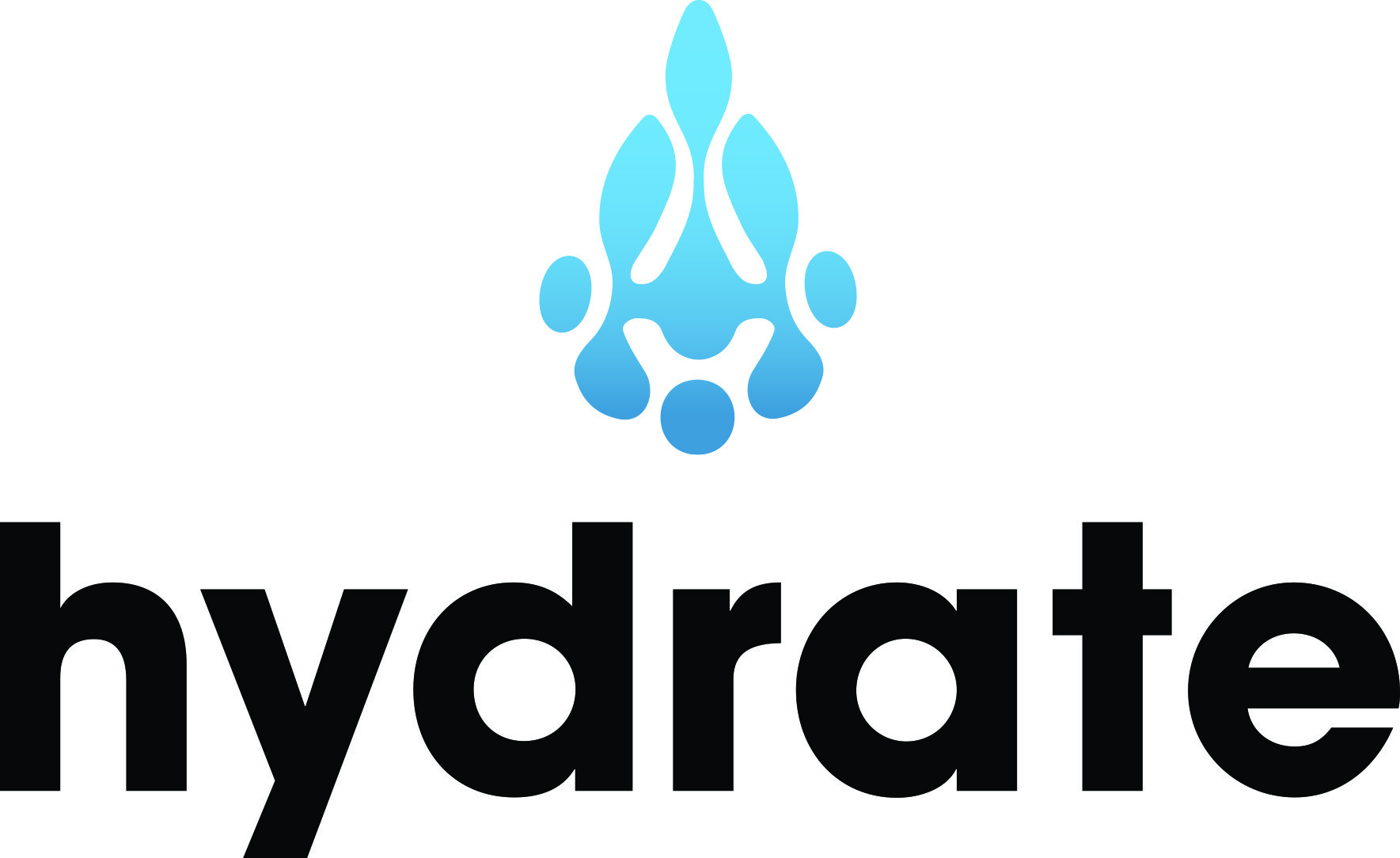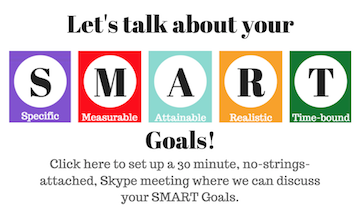If you had to take a wild guess, which generation would you say uses the internet the most? Millennials? Generation X? Baby Boomers? If you’re not in tune with the marketing world, that can be a tough question. But, of course, the Millennial generation absolutely, by far, sweeps all categories of internet use. Baby Boomers, however, aren’t too far behind. So, if Baby Boomers are online, where are they, what are they doing, and how do we reach them? Let’s explore.
It was found in a study conducted by DNM3 that 82.3% of Baby Boomers belong to at least one social networking site. Boomers themselves say a majority of them who use social media, are using Facebook. Aren’t we all, though? According to Hootsuite, 56% of those ages 65 and up are on Facebook. Of course, that’s not too surprising; Facebook IS the king of social media, after all. In fact, leading-edge Baby Boomers say they spend 11+ hours on Facebook every week. That’s quite a bit of time for a generation some would assume aren’t online. But, other than on Facebook, where are Baby Boomers hanging out and how do we best reach them?
The number one place you will find Baby Boomers online is using a search engine. That’s right, Boomers want to know more! According to another study done by DNM3, whether it’s to visit a retail store, look up an interesting story, or contact a business, the first place a Baby Boomer goes is to a search engine. Over half of Boomers who use social media sites say they will continue their investigation on a search engine as the result of seeing something interesting on their social media platform. So, if Boomers are seeing interesting content on social media and continuing their research on a search engine, does this make the Baby Boomer generation a perfect target for inbound marketing?
With inbound marketing, your aim is to create interesting and relevant content that will attract and bring your target audience to your website, creating consistent traffic and, as a result, converting your leads to customers. So, if Baby Boomers are using search engines to look up interesting content they see on social media, how are we sure their search will bring them to your website after something you post on social media sparks their interest? This is where the strength of inbound marketing lies. First, you have to be sure you’re attaching direct links to your website with the content you post online, giving your viewers the option to skip an outside search and go straight to the source from your post. But, there’s always the question of what happens when they don’t click your link and instead go to Google, for example, and type in keywords that relate to the content they see? Don’t worry, inbound has that covered.
Keywords are a huge part of the inbound marketing process. With inbound, you want to post content your target audience is interested in and searching for online. This means, for example, if your company makes camping equipment and you find out that your target audience is interested in reducing the weight of their camping packs, you could blog about “Reducing the Weight of Your Camping Equipment” and post about it on your social media platforms, linking back to your website. This way, when your target sees the content and looks it up, they either click your link to go directly to your website, or your blog shows in their search engine results and they are brought to your website, where you sell all the materials your blog talks about.
So, are Baby Boomers perfect targets for inbound marketing? In our opinion, yes, they’re a great target. Boomers are active on social media, where you post links to your interesting and relevant content, and they further their search of the content they find interesting, offering you an opportunity to pull them to your website with the use of proper keywords. If you are looking to attract the Baby Boomer generation and don’t know how, try inbound marketing.








